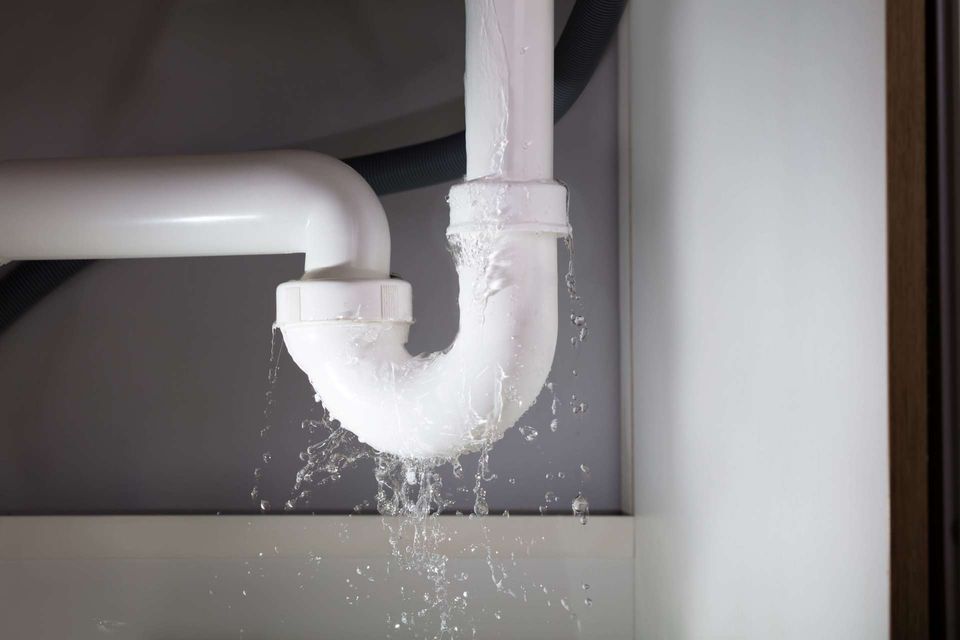Guide To Water Leak Detection At Home
Guide To Water Leak Detection At Home
Blog Article
What're your thoughts and feelings on Hacks to detect leaks?

Early detection of dripping water lines can alleviate a potential calamity. Aside from saving you cash, it will lessen the irritation and also aggravation. The minute you find a leak, calling your plumber for repairs is the best remedy. However, some small water leakages may not show up. Below are some hacks that help if you can not detect it with your naked eyes.
1. Analyze the Water Meter
Examining it is a surefire method that assists you discover leaks. If it relocates, that suggests a fast-moving leakage. This suggests you might have a slow leak that could even be below ground.
2. Examine Water Usage
If you spot unexpected modifications, in spite of your usage being the exact same, it implies that you have leaks in your plumbing system. An abrupt spike in your costs shows a fast-moving leak.
A steady boost every month, also with the very same habits, shows you have a slow leakage that's additionally gradually escalating. Call a plumber to extensively inspect your residential or commercial property, particularly if you feel a warm location on your floor with piping below.
3. Do a Food Coloring Test
When it comes to water usage, 30% comes from toilets. If the shade in some way infiltrates your bowl during that time without flushing, there's a leakage in between the container and dish.
4. Asses Outside Lines
Don't forget to check your outdoor water lines also. Must water seep out of the connection, you have a loose rubber gasket. One small leak can lose bunches of water and increase your water costs.
5. Examine the situation and also inspect
House owners need to make it a behavior to examine under the sink counters and also even inside cupboards for any type of bad odor or mold and mildew development. These two red flags show a leak so punctual focus is called for. Doing regular examinations, even bi-annually, can conserve you from a major trouble.
If you understand your residence is currently old, maintain a careful eye on your heating units, hose pipes, pipelines etc. Check for discolorations and also compromising as the majority of appliances and also pipelines have a life expectancy. They will also normally wear away because of damage. Do not wait for it to escalate if you suspect dripping water lines in your plumbing system. Call an expert plumber right now so you do not end up with a dreadful mess in your home.
Early detection of dripping water lines can minimize a prospective calamity. Some tiny water leaks might not be visible. Examining it is a proven means that assists you discover leaks. One tiny leakage can throw away bunches of water and also increase your water costs.
If you suspect leaking water lines in your plumbing system, don't wait for it to escalate.
How to Know If Your Home Has a Hidden Leak
Water Meter Reveals Inexplicable Water Usage
If you’d like to test whether or not there’s a leak somewhere in your home, you can do this using your water meter. Here is how to conduct the test:
Don’t use any water in your home for at least 30 minutes; this also means not turning on faucets or water-using appliances.
Go outside, and check your water meter for activity.
If your water meter shows that there was activity, even though no one was using any water, this proves that there is a leak in your home.Visible Mold or Mildew Growth
Leaks behind walls create moist, dark environments that allow mold and mildew to grow and thrive. Eventually, you might see mold growth forming on the wall closest to a hidden leak.
If mold is growing in an area that receives a high amount of moisture, such as a bathroom, it may simply be an indication that better ventilation is needed. However, if you see mold growth on a wall or the ceiling in an area where you would not expect, you probably have a hidden leak.
Musty, Mildew Odor
Sometimes you might not be able to see the mold or mildew that is growing as a result of a leak. However, the smell can give the problem away just as easily. If you catch a whiff of something musty, there’s a good chance that old water is collecting somewhere in your home that you can’t see.
Stained/Warped Walls, Ceilings, or Floors
When your home soaks up water, a variety of red flags can become visible, including ceiling stains, bubbling drywall, warped walls, and sagging floors. While these issues can be caused by excess humidity, they can also be signs that a pipe or plumbing connection has started leaking behind your walls.
Inexplicably High Water Bill
After a while, you get a general sense for what your water bill should be. If you own a pool or sprinkler system, your bill will tend to be higher during summer. However, if you receive a water bill that seems especially high, and you can’t figure out what caused it, then you may have a hidden leak somewhere that’s increasing your bill.
https://www.plumbingjoint.com/blog/2019/july/how-to-know-if-your-home-has-a-hidden-leak/

I'm certainly very serious about Locating water leaks and I hope you enjoyed the article. Sharing is nice. Who knows, you could be helping someone out. I thank you for reading our article about Hacks to detect leaks.
Report this page